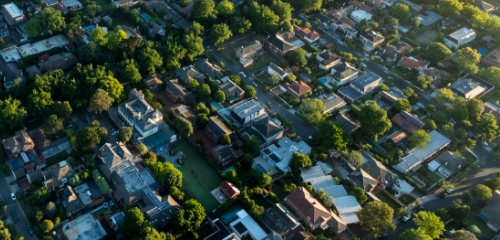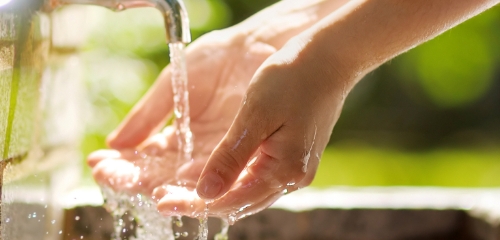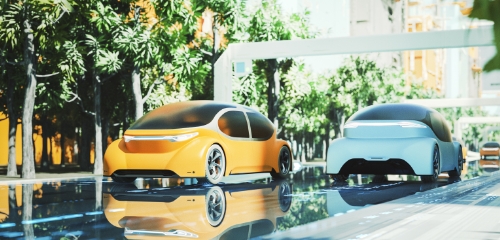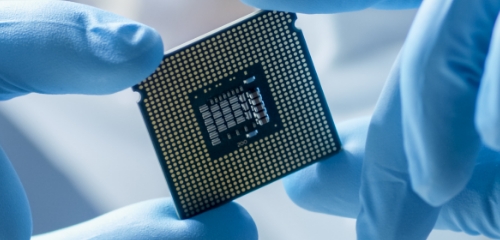Addressing climate change
To curb climate change that causes natural disasters
Natural disasters such as typhoons, floods, and droughts occur frequently around the world. Seen as the cause of these disasters, climate change has become an issue threatening the safety of people in both developed and emerging countries. It is said that reducing greenhouse gas (GHG) emissions is the key to curbing climate change, and reducing overall GHG emissions to zero is the desire of people around the world and a goal that must be realized for the future of our planet.
The AGC Group aims to achieve net-zero carbon emissions in its own production processes to realize a sustainable society. At the same time, we are working with our customers, the world's leading companies, to reduce GHG emissions in society as a whole by utilizing environmentally friendly products and technologies. With respect to building glass, for example, we develope and supply Low-E insulating glass with high thermal insulation and heat shielding properties as well as photovoltaic modules that incorporate the functionality of solar cells into the glass. for example, we develop and supply Low-E insulating glass with high thermal insulation and heat shielding properties as well as photovoltaic modules that incorporate the functionality of solar cells into the glass. Refrigerants used in air conditioners and other products have a large environmental impact, but AMOLEA®, a next-generation green refrigerant developed by the AGC Group, has a global warming potential (GWP*1) of less than one thousandth that of conventional products. It is garnering worldwide attention as an essential element in the prevention of global warming and is being applied to a wide range of fields from automobiles to housing.
*1 A coefficient showing the impact on global warming; a number indicating how much other greenhouse gases are capable of warming the Earth in comparison with CO2, which serves as a type of natural refrigerant
Aiming to achieve net-zero carbon emissions by 2050
In February 2021, the AGC Group declared its goal of achieving net-zero carbon emissions by 2050. As interim targets, we have set a 30% reduction in GHG emissions and a 50% reduction in GHG emissions per unit of sales by 2030 (total of Scope 1 and 2; reductions from 2019 levels). We are also seeking to help reduce GHG emissions through our products.
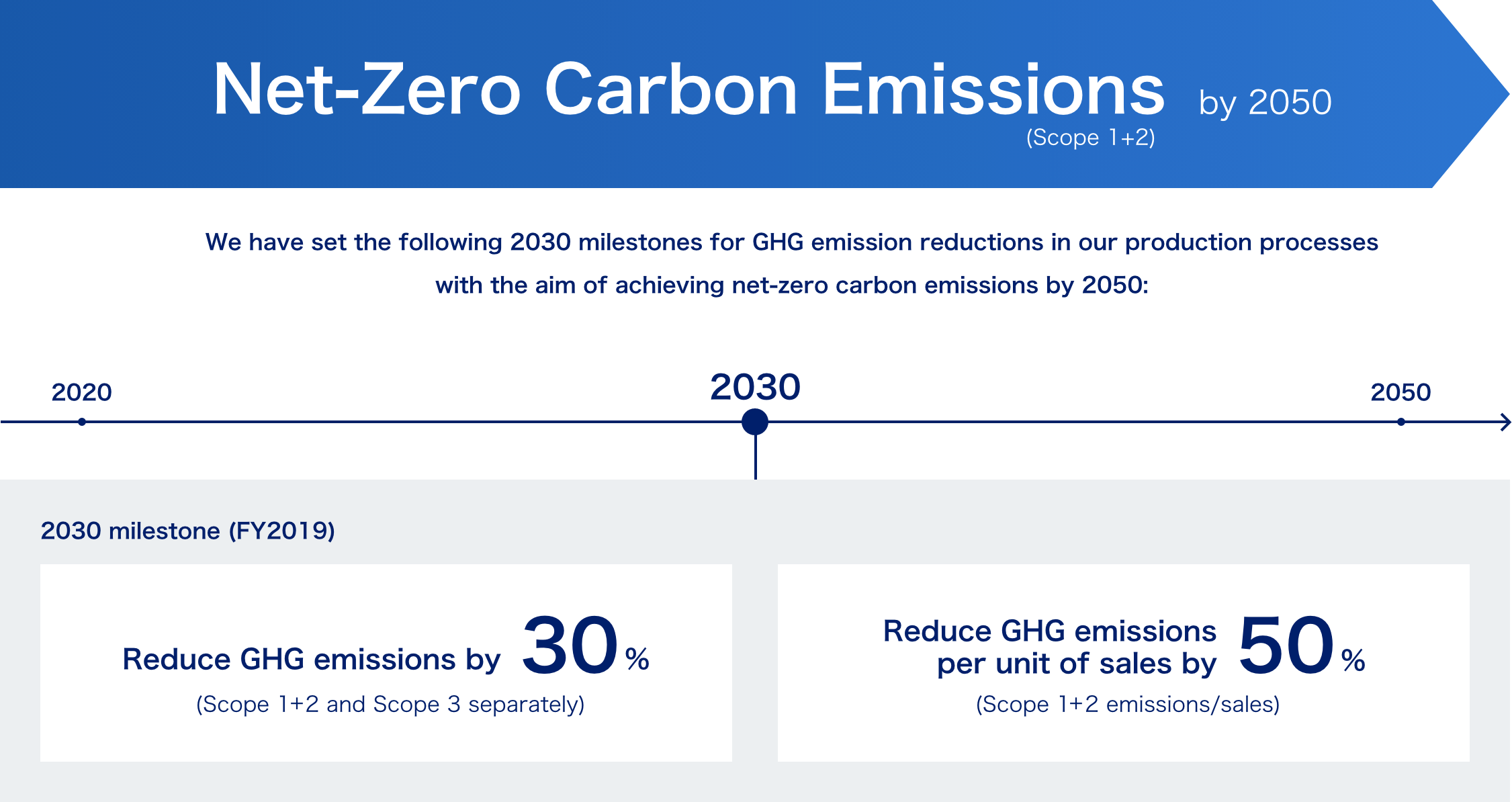
Initiatives
The use of renewable energy is indispensable to achieving carbon neutrality. As Japan lacks land suitable for mega-solar power plant construction, what is the best way to secure necessary amounts of electricity? Let’s hear the thoughts of an employee involved in the marketing of “SUNJOULE™” (hereinafter, “SUNJOULE”), a photovoltaic glass integrated into the building envelope and building materials that was developed with the idea of turning urban buildings into solar power plants.
Adding power generation functionality to the glass elements of buildings. Facilitating local power generation for local consumption
AGC's “SUNJOULE,” photovoltaic glass integrated into the building envelope and building materials, consists of a solar cell sealed between two pieces of architectural glass to create a type of laminated glass with photovoltaic properties. By arranging high-transmittance glass on the surface that receives the light (the outside), power generation efficiency has been improved, while high durability as a building material has been realized through proven laminated glass production technology. You can choose between a monofacial solar cell that generate electricity by receiving sunlight from one side, for things like curtain walls and skylights, and a bi-facial solar cell that receive light from both sides, for things like fences and handrails.
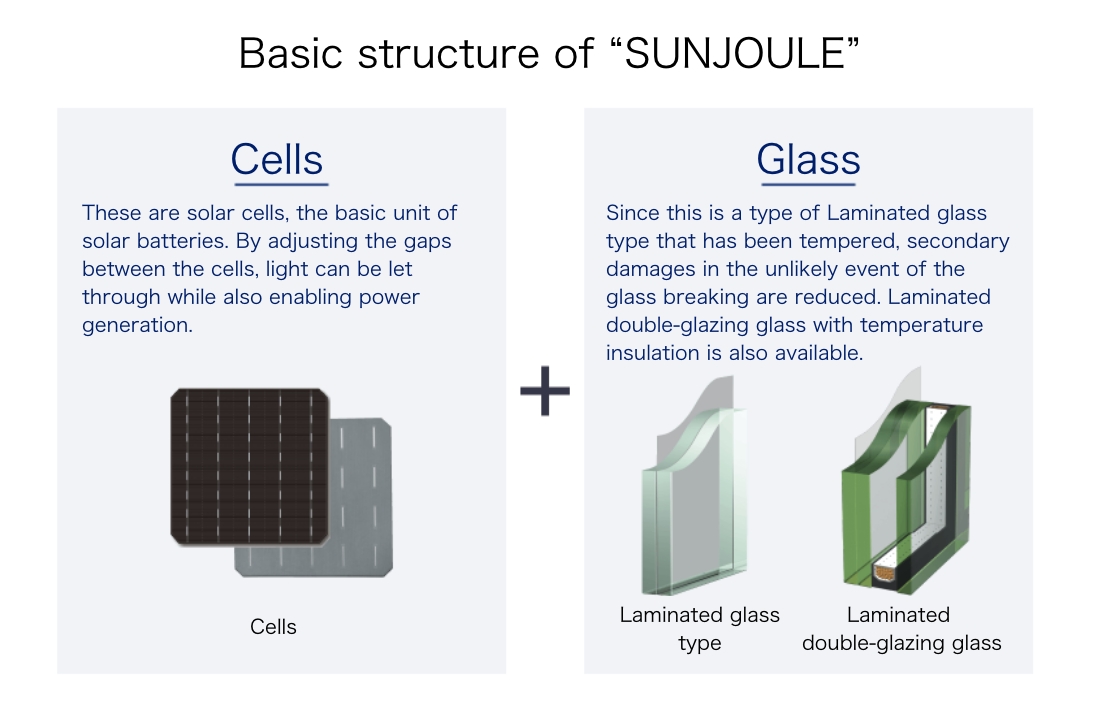
Multi-layered structures involving “SUNJOULE” can also add functions other than power generation. For example, if combined with Low-E glass (glass coated with a Low-E film that reflects infrared rays while letting light through), heat shielding and heat insulation can be improved.
The drive of AGC Group employees to address climate change

Marketing Manager, Smart Glass Team, Market Development Group, Japan General Division, Architectural Glass Asia Pacific Company (title at the time of interview)
We started development to enable windows to have a power generation function
AGC's Smart Glass Team deals with advanced architectural glass products related to electricity. These products include “smart tinting glass” under development and signage glass with integrated LEDs, but in recent years we have been focusing on “SUNJOULE,” photovoltaic glass integrated into the building envelope and building materials.
The development of “SUNJOULE” began in 1999. The first product, SUNJOULE SQUARE, was launched in 2001. Solar power generation is expected to be one of the pillars of renewable energy, but as Japan has so many mountainous areas, there is limited flat land where solar panels can be installed. This inspired the idea that it would be good if the glass elements of buildings could generate electricity.
Solar cells installed on buildings are generally placed on the roof. However, the roof of a building is not very big. So we thought that if the walls and windows themselves could have a power generation functionality, it would help solve energy problems in urban areas.
After that, we continued to develop new products in response to market needs, and in 2015, we launched “SUNJOULE SUDARE,” which can be used as windows to make the most of the view. From 2021, we started selling the “SunEwat” series, which has inconspicuous cells and excellent design. Currently, we're also developing products that can be used to renovate existing buildings and products that do not lose power generation efficiency even when placed vertically.
Carefully conveying the high added value of “SUNJOULE”
The customers we offer “SUNJOULE” to are in various industries, including builder clients, designers, and general contractors. Since “Building-Integrated Photovoltaics (BIPV) ” is unfamiliar to many customers, it took time to correctly convey the concept to them, and to get their understanding of the value of the product.
“SUNJOULE” combines the functions of “architectural glass” and “solar power generation,” but the area of the power generation cell is smaller than that of regular solar panels because it has the feature of letting light through. As such, if you simply look at the cost-effectiveness of the amount of power generated, most would not opt for it. In light of this, we explained to customers that it also has value as architectural glass and that by enabling power generation in the glass elements of a building, it becomes possible to generate power in parts previously unused. We carefully convey that, comparing it to mega solar power, “there is no need to purchase land for solar power generation or to draw power grids from mega solar generators to the areas where electricity is needed” and that “environmental measures can made visible (thus contributing to raised awareness).”
In order to make this standard for “SUNJOULE” product descriptions, we revised presentation materials and catalogs. We created opportunities for people to pay attention to social value in addition to economic value. Nowadays, more and more customers see the value of “SUNJOULE” from a macro perspective when considering whether to use it.
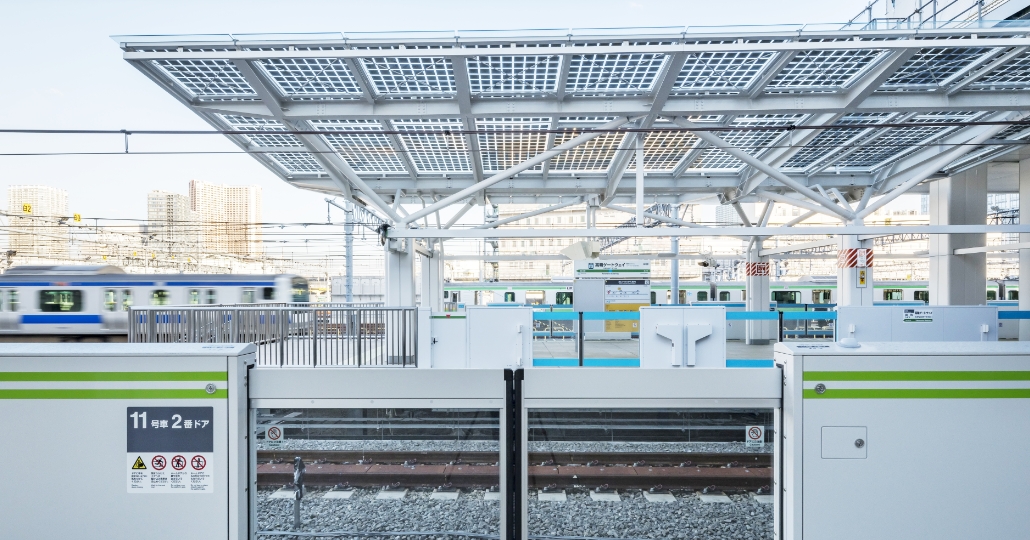
Photo courtesy of JR East Design Corporation
Constructed in 2019. The area is about 500 square meters. The rated output is about 44 kW. The main product type is “SUNJOULE SQUARE” on the platform roofs, while “SUNJOULE SUDARE” is also used for some parts of the concourse windows. The station’s concept is to be an environmentally friendly and disaster-resistant “eco-station,” and they picked “SUNJOULE” because it matched the concept so well. By installing storage batteries and other equipment, “SUNJOULE” can also be used as an emergency power source in the event of a disaster.
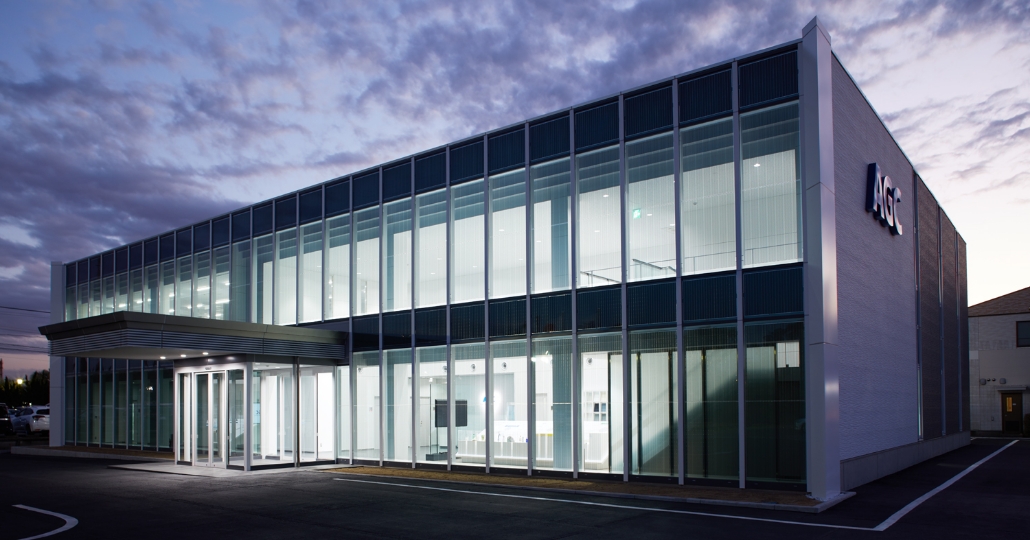
Constructed in 2018. The area is about 240 square meters. The rated output is approximately 13.4 kW. The product type is “SUNJOULE SUDARE” installed in curtain walls. Since the building aimed for ZEB (net zero energy building) certification as promoted by the government, “SUNJOULE” was picked for providing both energy generation and energy conservation when combined with low-E energy-saving glass. Partly thanks to the contributions of “SUNJOULE,” the entire building has achieved the highest rank of “ZEB” recognized by the Ministry of the Environment.
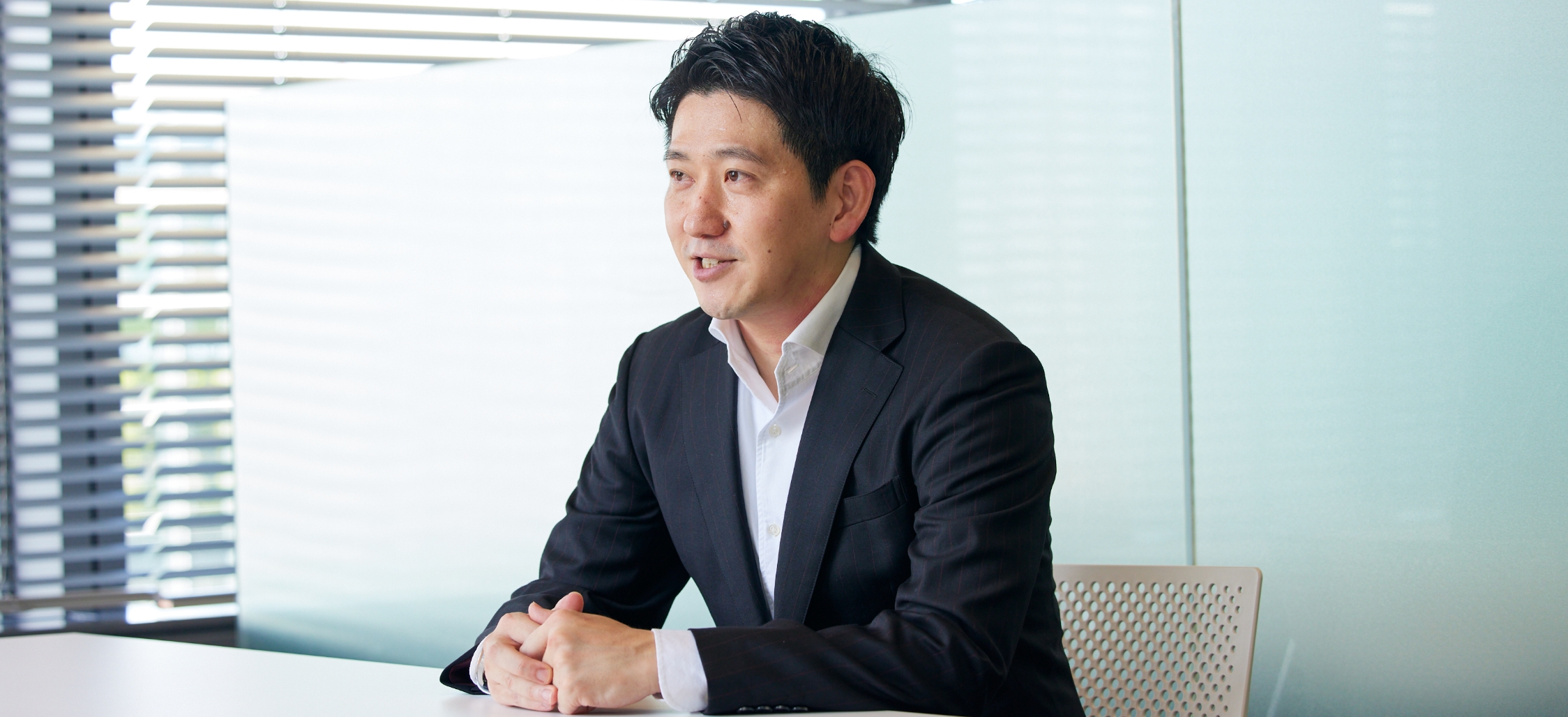
Wanting to generate power equivalent to mega solar power from window glass
In addition to “SUNJOULE,” AGC has other types of architectural glass related to electricity. In the future, we expect that the number of high-performance products that require electricity will increase even more.
For example, we have a product called “smart tinting glass” that is currently under development. “smart tinting glass” is a product that uses electricity to change the color of the window glass from transparent to dark. By making it darker, heat shielding performance is improved, thus reducing the load of heating and cooling and reducing environmental impact.
In the future, it will be possible to use the electricity generated by “SUNJOULE” to supply electricity to the “smart tinting glass” and other glass products and electric blinds. If “SUNJOULE” is used as a power source and “smart tinting glass” and electric blinds are converted to IoT, the color of the dimming can be changed and the blinds can be opened and closed according to the weather, thus allowing for optimal operation. We feel that this has the potential to transform the indoors into a comfortable and sustainable space.
Fossil fuels are used in glass manufacturing processes, but in the future, we will improve combustion efficiency so that glass manufacturing methods emit less CO2. We are also working on glass recycling, hoping to contribute to a more sustainable society through these activities.
By further reducing the heating and cooling load of houses and buildings through the spread of Low-E double-glazing glass and ATTOCH, and by expanding the scale of “SUNJOULE” use, we would like to contribute to solving energy problems and creating a future where window glass can generate power equivalent to that from mega solar power generation.


